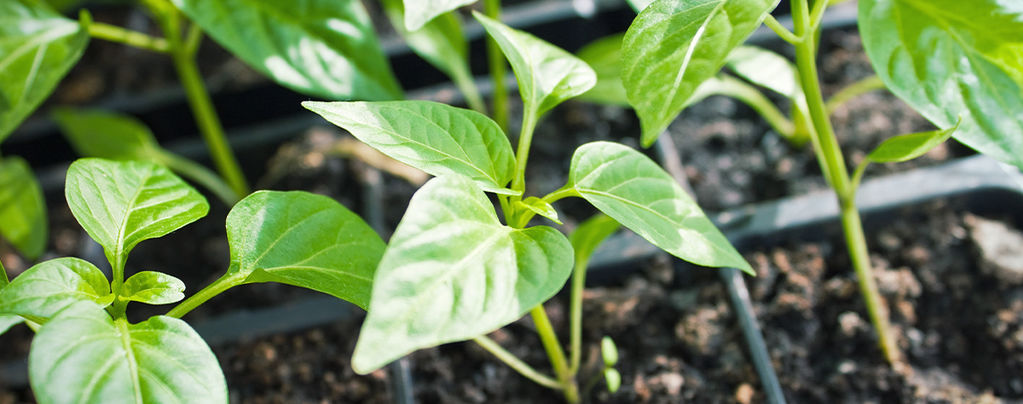
How To Grow Hot Pepper Plants From Clones
Find out how to clone hot pepper plants. With our step-by-step guide and top tips, and some patience, you'll be able to replicate your favourite pepper plants time and time again. Empower yourself as a grower by cloning your best specimens.
Sometimes when cultivating plants, we find that there’s one standout specimen with traits that are simply better than the others. Although we can keep pepper plants alive for multiple seasons, there comes a time when we have to say goodbye to these beloved specimens, potentially losing their extraordinary traits—whether in the form of abundant yield, fiery heat, or unique aesthetics—forever.
Though we can take their seeds, the offspring of these exceptional pepper plants do not always exhibit the same traits as their parents. So what can we do, if we don’t want to lose our star performer? Clone it! Cloning hot pepper plants allows you to grow your favourite specimen again and again.
What is pepper cloning?
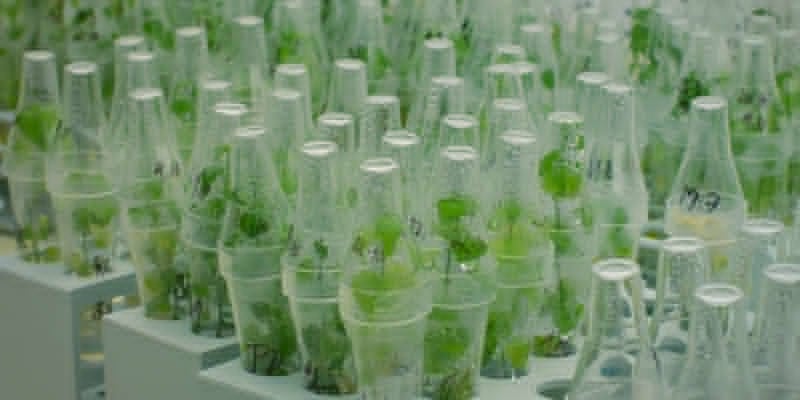
Cloning peppers is like cloning pretty much any other plant. It’s a method used to create exact genetic replicas of individual plants. Why do this? Certain pepper plants exhibit traits that cultivators seek to maintain; it could be extreme heat, great yield, fast growth, baffling looks, delicious aromas, or all of the above.
If the end goal is retaining the exact same traits, taking clones is better than breeding from seeds. While around seven generations of self-pollinating can produce plants that are stable enough to be predictable, this takes a lot of time and effort, and is not suitable for most hobbyist growers. Cloning, on the other hand, is fast and relatively simple, and guarantees a pepper plant with the desired traits (as long as it survives).
Can all hot pepper varieties be cloned?
Yes, almost any hot pepper plant can be cloned. Certain varieties known for exhibiting vigorous growth and robust traits might display a greater success rate, but you should feel confident in cloning any pepper variety.
Why clone hot pepper plants?
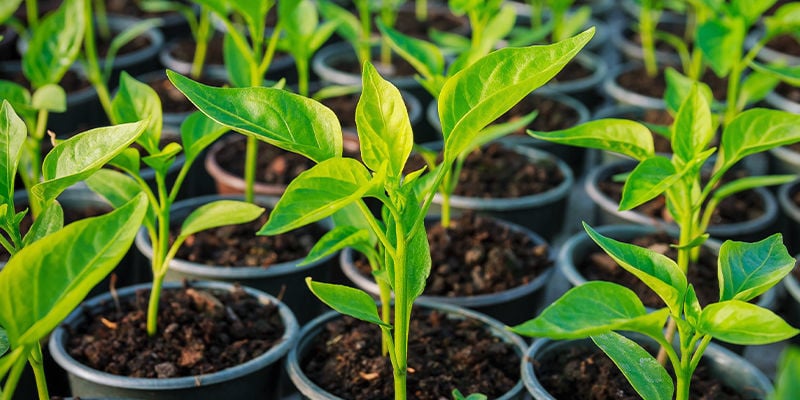
Cloning hot pepper plants is appealing to growers for the following reasons:
- Exactly replicates desired traits
- Quicker than growing from seeds
- Can (theoretically) grow infinite copies of an individual pepper plant
Disadvantages of cloning
While cloning is a pretty reliable practice, there are few drawbacks to it:
- It will also replicate any undesirable traits
- Can be difficult to pull off
How to clone hot pepper plants: Step-by-step guide
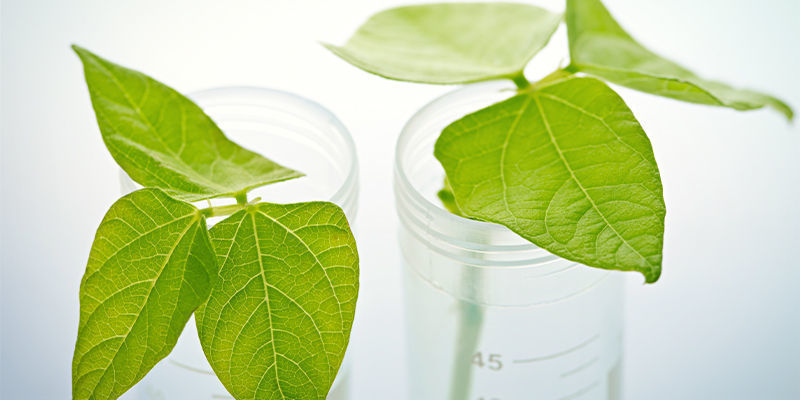
Though it may sound like futuristic sci-fi, cloning is actually an ancient and fairly simple practice. Although there will be some failures, success rates are pretty high, and becoming competent at this skill requires relatively little practice and diligence. That’s not to say you can be lazy, though!
Equipment
- Sharp knife/scissors/razor blade
- Rooting hormone (optional but recommended)
- Mini greenhouse/propagator (optional)
- A cup/glass
- Water
- Mother plant (a chilli plant from which to clone)
Instructions
-
Identify a parent pepper plant to take a cutting from—presumably one that displays particularly desirable traits. Determine which characteristics are most important to you, and hone in on replicating those.
-
Now, select a branch with new growth, and take a cutting around 15–20cm from the tip. The cut itself must be made where the branch is still green. Older growth will have more trouble rooting.
-
Using your sharp implement, you want to make an extremely clean cut. A blunt pair of scissors will just crush the branch, making it very difficult for it to absorb water or grow roots. You want to make a diagonal cut, as this will increase the surface area and help the cutting take up food and water—improving the rate of recovery.
-
Pinch off almost all growth on the cutting. Remove big leaves, fruits, and buds; leave only the smaller leaves. You want the cutting to focus its energy on root growth, not on maintaining lots of large growth. This comes later.
-
If you opt to use rooting hormone, you can apply it now. Either dip the cut base of the branch into gel, or otherwise mix powder into the water in which your cutting will sit.
-
Now, it is possible to plant your cutting in a medium such as Rockwool or perlite. However, this doesn’t seem to offer a greater success rate, and so the much simpler option of a glass of water seems more suitable.
-
Now you must care for your pepper cutting. Place it out of direct sunlight, as this will be too much for it. Somewhere with indirect sunlight is much better. Though not necessary, putting them in a propagation chamber will maintain high humidity and temperature levels, which will increase their chance of developing successfully.
Large new growth will need to be pinched off during the first 10 days or so. Most leaves are fine, but buds or particularly large leaves should be removed, as these will use up energy that's better used for rooting. After a few weeks, roots should begin to appear, which means it’s almost time to plant your chilli pepper cuttings back in soil.
How long does cloning chilli pepper plants take?
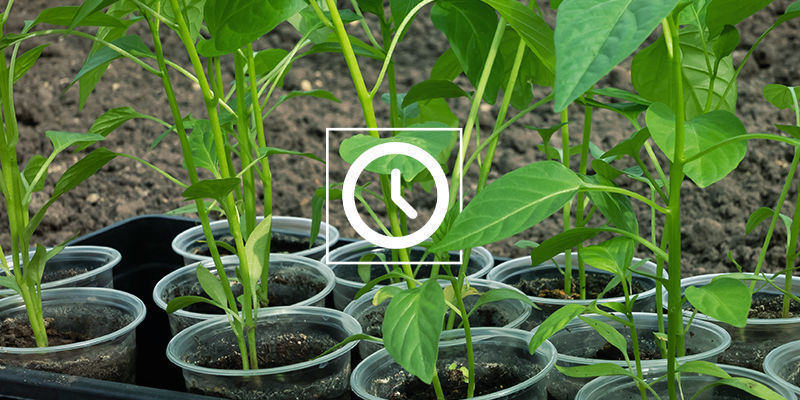
Cloning pepper plants is not the fastest process in the world. Once roots appear when your clone is sitting in water, it will take another 6–8 weeks until it’s ready to be planted back in soil.
Knowing exactly when to plant a cutting takes some practice. Once the roots seem “established”, they should be good to go back into soil. Wait for them to have some good length and substance. If in doubt, they can survive for a good amount of time in fertile water, so don’t be too keen to plant them back in soil.
Growshop
From flowers and herbs to vegetables and fruits, get your hands on some of the finest seeds and products courtesy of our Plantshop.
Tips for successful pepper cloning
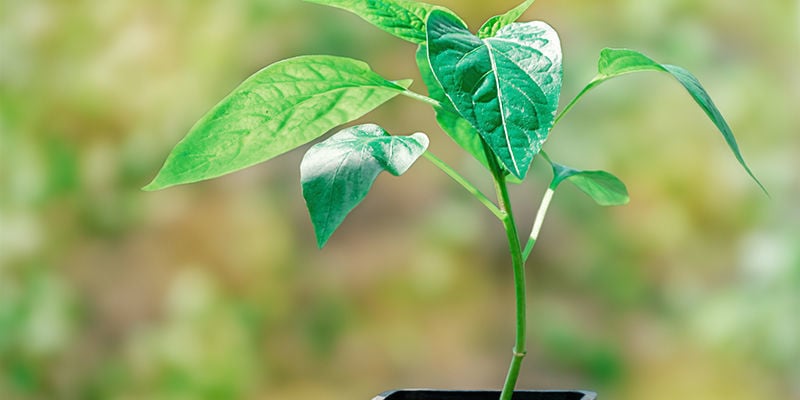
Now that we’ve reviewed the cloning process itself, below are some additional tips to help your pepper cuttings survive and thrive:
-
When taking a cutting, a section of new growth with 2–4 nodes is ideal.
-
Use seriously sharp—and clean—blades. Getting a really clean cut will make the difference between a successful cloning endeavour and a failure.
-
If dipping your cutting into gel following the cut, do not dip straight into the container as this could contaminate it, threatening the viability of other clones.
-
Monitor the cuttings very carefully for the first 10 days. Before they have new roots, they’re very sensitive and have little other than water to run on. Keep conditions optimal, and know that some may not make it to the next stage. This is also why we recommend taking a few cuttings to increase your chances of one successfully taking root.
-
If you use a propagator, don’t let the humidity get too high, or your clones could experience “damping off”, which is a deadly threat.
-
Be patient! Roots could take weeks to arrive. As long as the cutting is still alive, there’s a good chance it will begin rooting at some point.
Happy cloning!
-
 5 min
8 July 2022
How To Prune Hot Pepper Plants For Maximum Yield
Getting the most out of our pepper plants is all we want as growers. Large yields of flavourful and spicy fruits are your reward for taking the time to provide your plant with regular maintenance....
5 min
8 July 2022
How To Prune Hot Pepper Plants For Maximum Yield
Getting the most out of our pepper plants is all we want as growers. Large yields of flavourful and spicy fruits are your reward for taking the time to provide your plant with regular maintenance....
-
 4 min
13 June 2022
What's The Difference Between Pepper And Chilli?
What are the fundamental differences between chillies and pepper? Are the terms interchangeable? We delve into everything you need to know about these spices, how they became popular, how they...
4 min
13 June 2022
What's The Difference Between Pepper And Chilli?
What are the fundamental differences between chillies and pepper? Are the terms interchangeable? We delve into everything you need to know about these spices, how they became popular, how they...
-
 5 min
9 May 2022
How To Stop Hot Pepper Burn
Are hot pepper burns par for the course when handling chillies? They shouldn't be! There are many precautions you can take to prevent burns, but also plenty of remedies should you find yourself...
5 min
9 May 2022
How To Stop Hot Pepper Burn
Are hot pepper burns par for the course when handling chillies? They shouldn't be! There are many precautions you can take to prevent burns, but also plenty of remedies should you find yourself...
-
 3 min
22 April 2022
Can You Freeze Chilli Peppers?
Here we look into freezing as a method of storage for fresh chilli peppers. After you've secured your bumper harvest, look to your freezer as a means of keeping your chillies fresh for months to come!
3 min
22 April 2022
Can You Freeze Chilli Peppers?
Here we look into freezing as a method of storage for fresh chilli peppers. After you've secured your bumper harvest, look to your freezer as a means of keeping your chillies fresh for months to come!












 United States
United States











